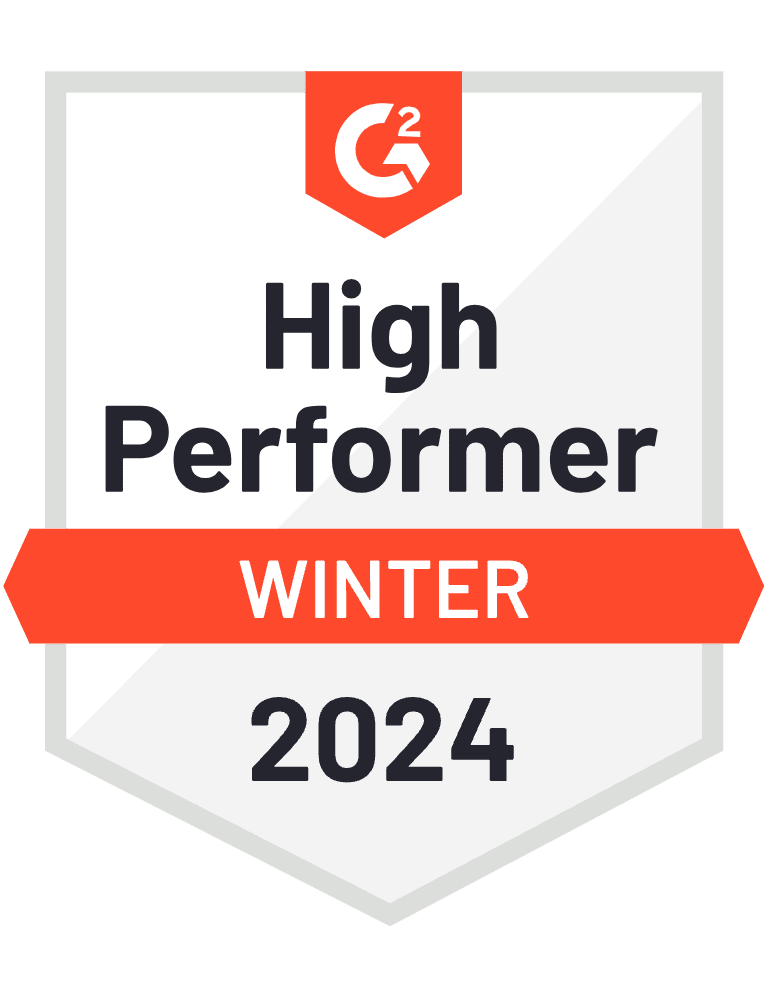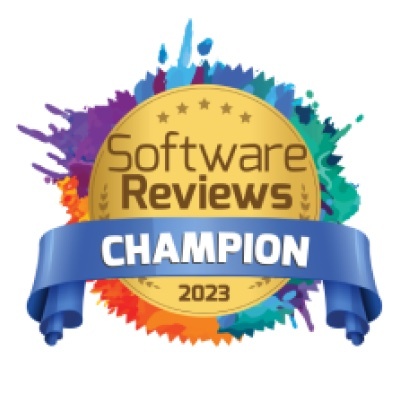Snowflake can be the answer to all your data wishes. Elimination of data silos, consistency, accessibility, reliability, scalability, power of the cloud…
It can be a BI dream come true, but hey, it’s not perfect. Snowflake is still exploding with data, and dealing with the ever-familiar issues like reporting errors, impact analysis, finding where PII is located and more can still cause your BI team to, well…

Data lineage is one of the key tools you can utilize to get the most out of Snowflake and stop all that headbanging. Snowflake has no built-in data lineage capability, which is why we were so excited to integrate with Snowflake and provide Snowflake users with data lineage capabilities.
How exactly does data lineage help you use Snowflake to its full potential? Let’s go through four primary ways.
1. Cleaning up dirty data
Snowflake eliminates data silos by consolidating all your data sources into a cloud-based data warehouse or data lake. Sounds great… except what if your data lake is polluted? Now every user and every report in your company is dipping in the dirty data water! Ick.

Dirty data has a price, costing the average business 15% to 25% of revenue, and the US economy over $3 trillion annually.
Tracking every single piece of data back to where it originated and seeing what happened to it along the way is the essential first step in any data clean-up job.
And what’s even better than cleaning up a polluted data lake?
Cleaning up the data sources before they enter the lake!
If you’re planning on migrating to Snowflake, now is the time to utilize data lineage to trace all of your data back to the source. What’s being used and what’s not, and see what should really be making the move and what should be tossed in the trash.
Data lineage is effectively BI’s Mr. Clean.

2. Ensuring effective data pipelines
Even if you’ve got the freshest, cleanest water on the planet, there’s only so much of it you can enjoy if you need to manually pump it.
Similarly, if you’re relying on manual processes to get your data where it needs to go, the effectiveness of your BI will be brought to a crawl.
Enter the data pipeline: an automatic, predefined process for moving data from one system to another. Good data pipelines are critical for real-time data analysis, especially analysis involving data from multiple sources and systems. It’s no wonder that Snowflake puts a large emphasis on their data pipeline capabilities.
But note that we said “good data pipelines are critical.” If your data pipeline isn’t set up correctly, it’s about as helpful as building a water pipeline to Milwaukee and then turning on a faucet in Denver.
Automated data lineage enables you to inspect the whole length of your Snowflake data pipeline – from source all the way through to practical business insights – before you turn on the faucet full-blast.

3. Enabling easier traceability and root cause analysis
Just because your data is on Snowflake, it does not mean you’ll never be faced with the pointing finger of doom and the accompanying accusation: “Where did this number come from!?”
With clean data and smooth-flowing pipelines, mistakes in your reports should be fewer and farther between – but you (or a business user) are bound to see them (more than) once in a while.
When you do come across an inconsistency, you want to be able to track down the error and deliver an answer by performing root cause analysis. By quickly identifying the mistake, you won’t have to cancel your lunch break, your evening tickets to the opera, or even next week’s vacation to the Alps.
Data lineage – and more specifically, automated data lineage – is the guardian of your valued time by optimizing metadata management for Snowflake and your other BI systems. Full, end-to-end data lineage through your ETL, Snowflake and reporting means that you can track down what happened, explain the issue, and correct it – pronto.
4. Saving on cost
Snowflake uses a pay-per-second pricing model for computing power, only charging for the actual time you spend querying the platform.
If you know exactly where the data is that you are trying to find, you can get your answer in a query or two.
If you don’t, well, you’re going to need to do a bit of probing and exploring. Exploration queries become the order of the day. You’ll eventually get where you’re going using this scenic route, but you’re going to use up a whole lot more gas.

Automated data lineage puts the map in your hands before you even start driving. With the full picture of how all data sources are being used within Snowflake, down to column-to-column lineage, you will know exactly where to look and what to ask.
When you use a pay-per-second model, fewer seconds spent on the platform, means you pay less. Shortening query time directly reduces your Snowflake expense.
Save the scenic circuitous route for your vacation in the Alps. When you query Snowflake, you want the express lane.
Automated data lineage is the key to Snowflake success
Snowflake holds massive potential to revolutionize the way in which your business handles its data.
How do you unlock that potential?
Make sure you have the key:
Automated Data Lineage









